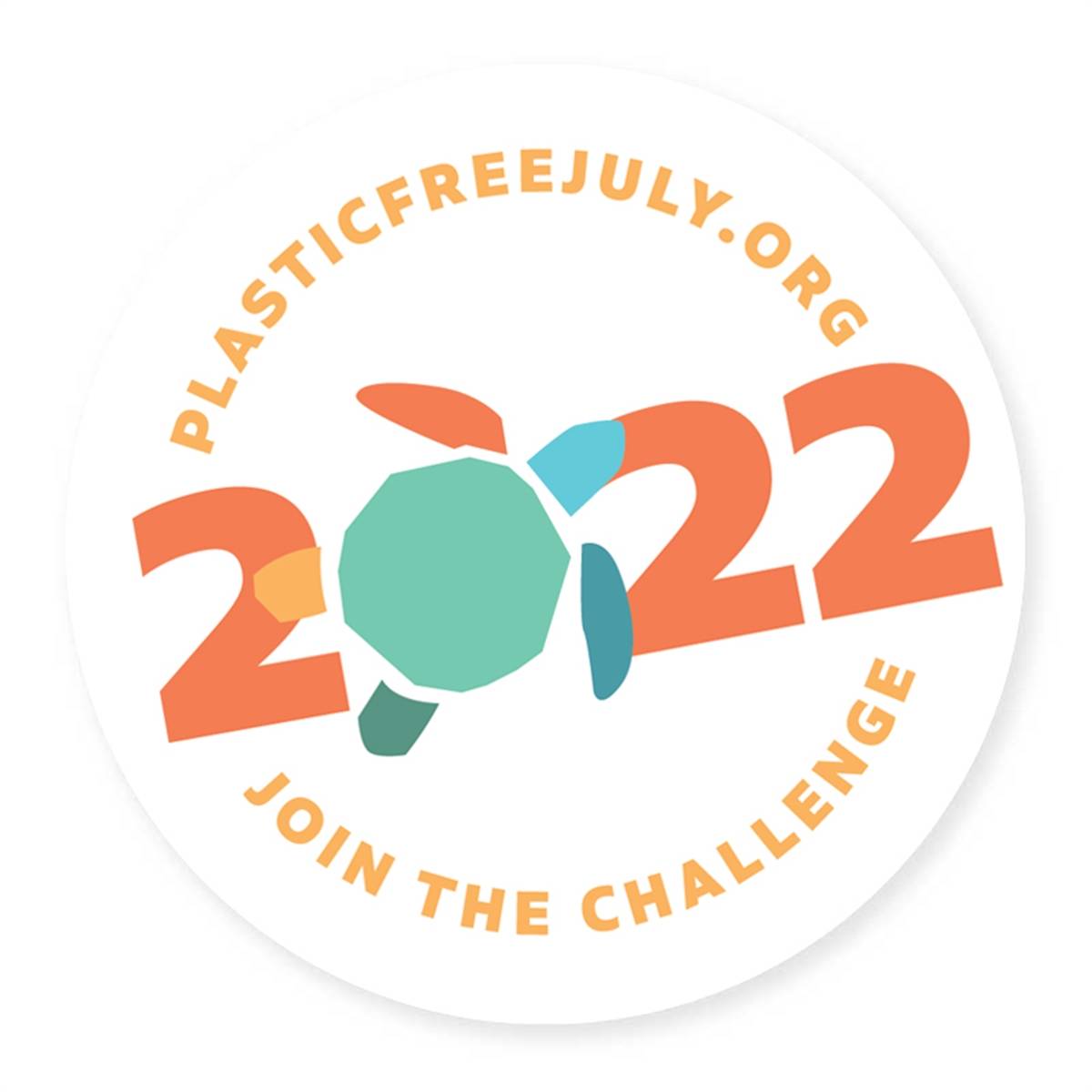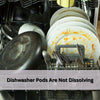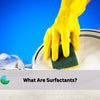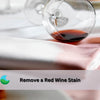Lucent Globe: Plastic Free July Special: Analysing what single-use plastics are and how the answer is to create plastic free products
- by Roger Cook
Roger Cook
July 15, 2022
Plastic Free July Special: Analysing what single-use plastics are and how the answer is to create plastic free products

Plastic Free July is here which means we should all be looking to reduce our reliance on single-use plastics.
In Australia alone, we use over 2 billion plastic bags every year - that's almost 10 million bags a day! At the same time, 1 million birds and 100,000 marine mammals die every year due to ingestion or entanglement in plastic waste. If current trends continue, by 2050 there will be more plastic than fish in our oceans!
What are single-use plastics?
Single-use plastics are those that are used once, and then thrown away. They take up a huge amount of space in landfills, and they're an environmental hazard because they don't biodegrade like other materials.
Single-use plastics include things like straws, plastic bags, and coffee cups. These can be made from different types of plastic, including polyethylene terephthalate (PET), polystyrene (PS), and high-density polyethylene (HDPE).
These items are often used for convenience or to save time for the consumer. For example, single use bags are cheaper to buy than reusable ones. The problem with this is that most of these items have a negative effect on our environment and wildlife when they're not recycled properly or disposed of improperly.
Some countries have banned these types of plastics altogether while others have imposed taxes on them, so they become more expensive than reusable alternatives.
What's the problem with single-use plastics?
Single-use plastics have been linked with several environmental issues:
Single-use plastic items are often made from non-renewable resources like petroleum or natural gas. When these materials are extracted from the ground, they leave behind an enormous amount of waste that pollutes our oceans.
Around 300 million tonnes of plastic is dumped in our oceans every year, which is equivalent to dumping a truck full of plastic into the ocean every minute! This plastic ends up in gyres (collective term for large swirling areas) where currents collect debris into one place, such as the Great Pacific Garbage Patch (GPGP) which is located between Hawaii and California.
The problem is so widespread that animals are ingesting it by mistake, which can be fatal when they are unable to digest it. In fact, around 90% of seabirds have eaten plastic and almost half of them have died as a result.
What can we do about this?
The answer to the issue of single-use plastics is a simple one, but a lot more difficult to practice in our day-to-day lives. We need to switch to products that offer a plastic-free alternative! This does not mean using products with recycled plastic (this can be an argument for another day) as they tend to be just as bad for our environment.
There are so many great businesses out there who put in the extra effort and funds to create products that are going to be better for our environment. I’m Plastic Free is a great website that allows you to find eco brands and products that offer plastic-free solutions.
In July we encourage you to branch out and have a good look at what products you buy regularly and see if there are any plastic free alternatives out there.
If you are looking for a replacement for your laundry detergents then we know a brand that ticks all the boxes for a plastic-free solution!

 Dishwashing
Dishwashing Laundry
Laundry Bundles
Bundles Surfaces
Surfaces Toilet
Toilet Handsoap
Handsoap Multi-Purpose
Multi-Purpose Floor
Floor



